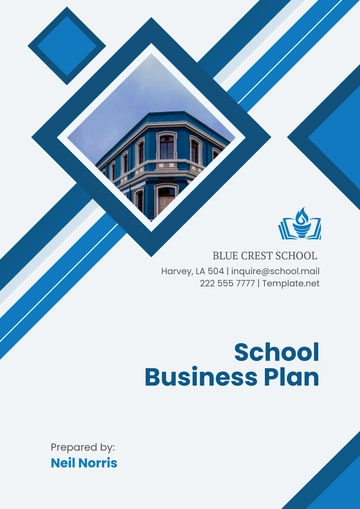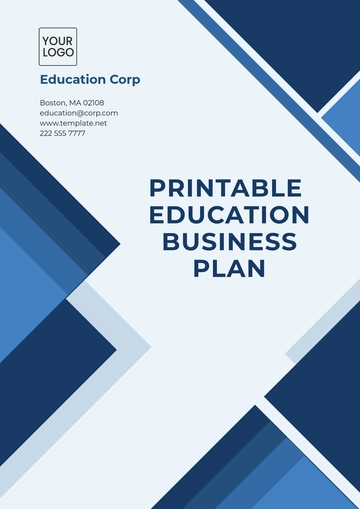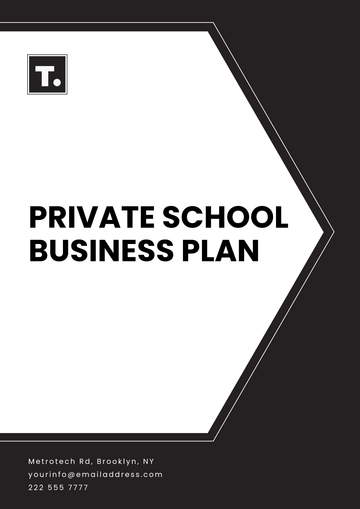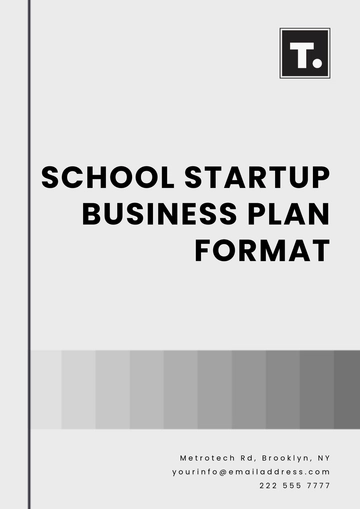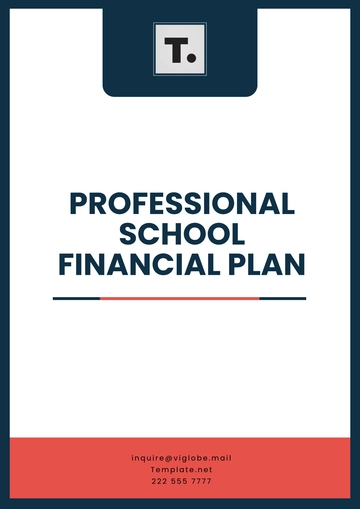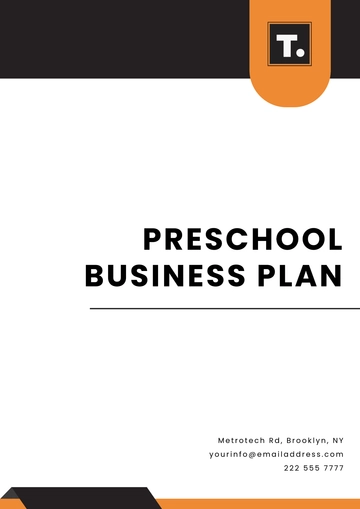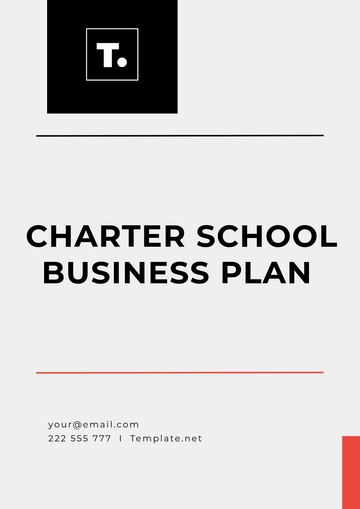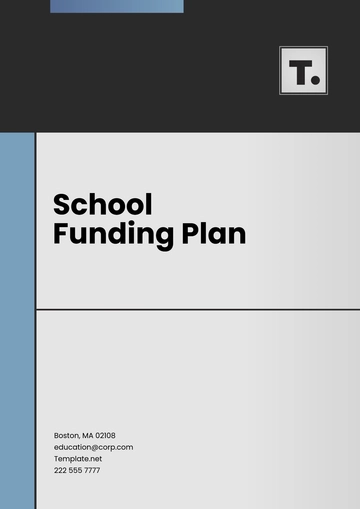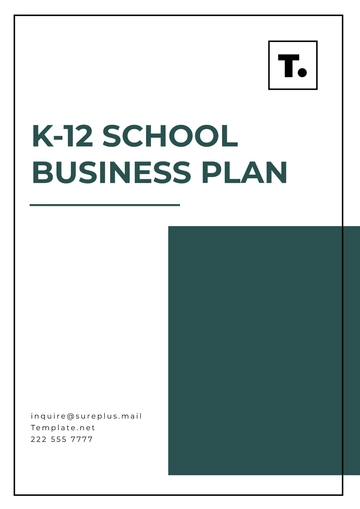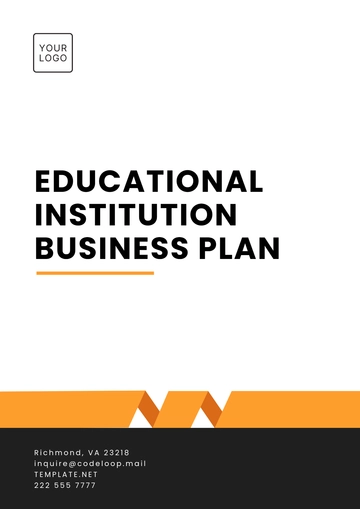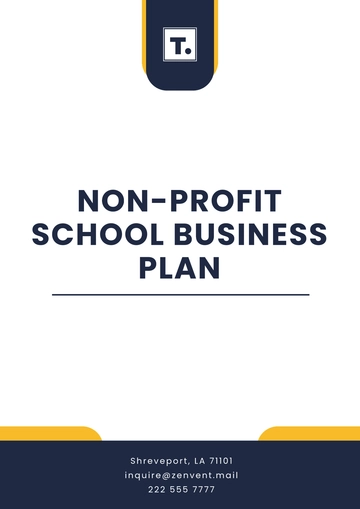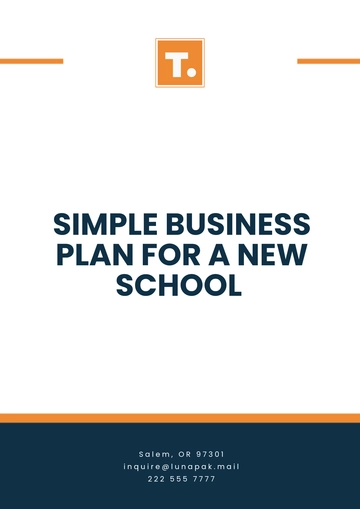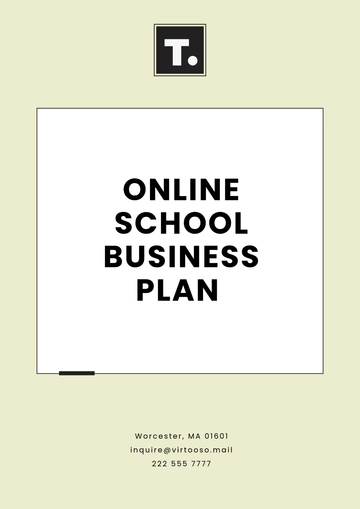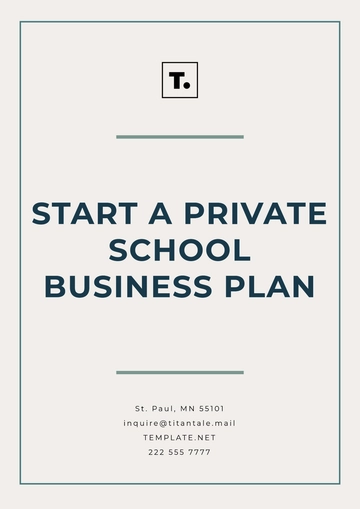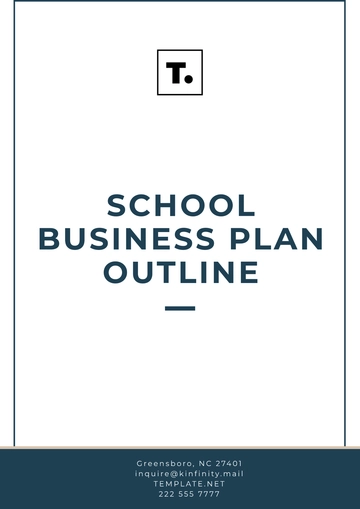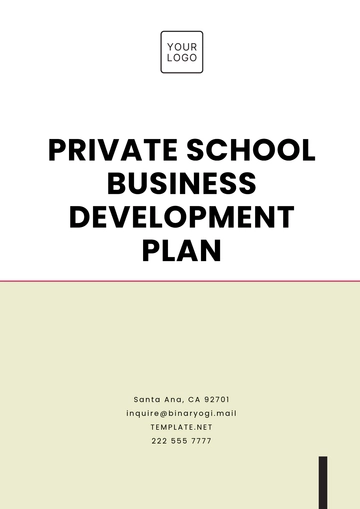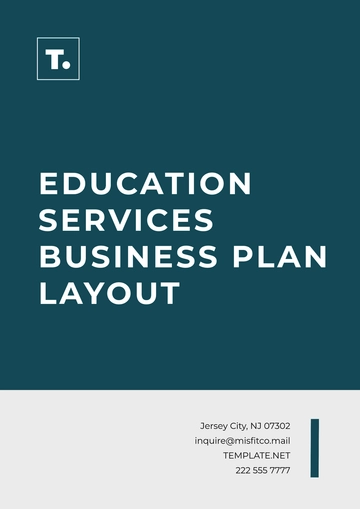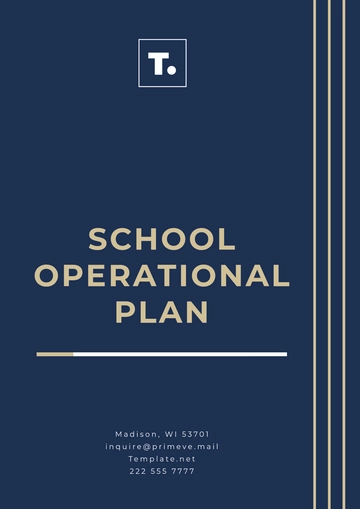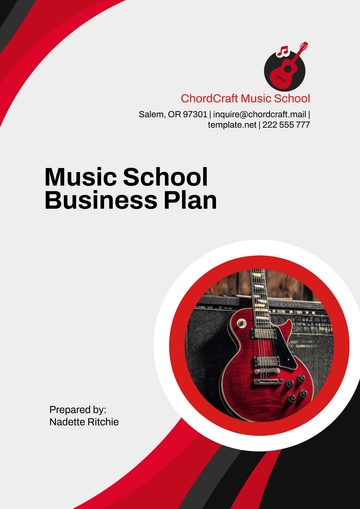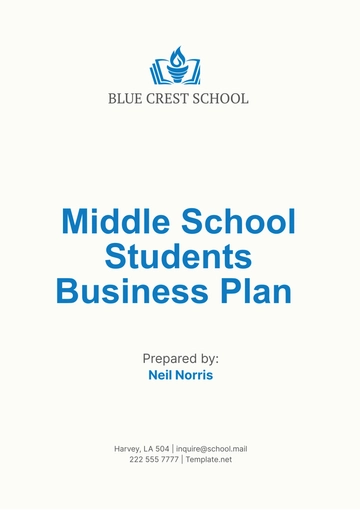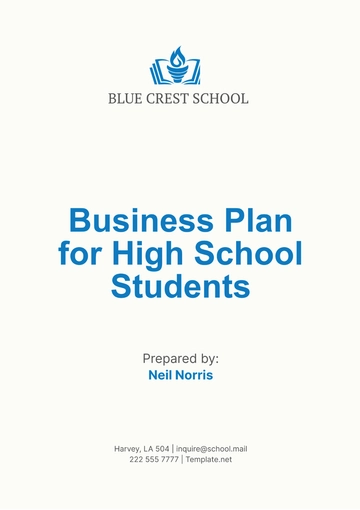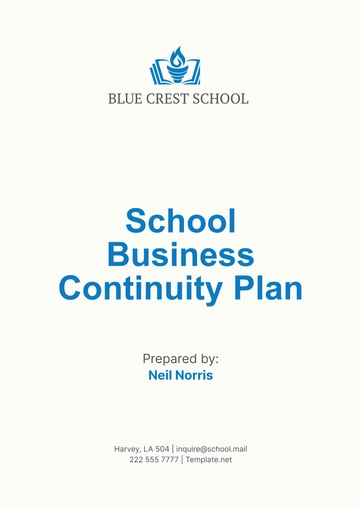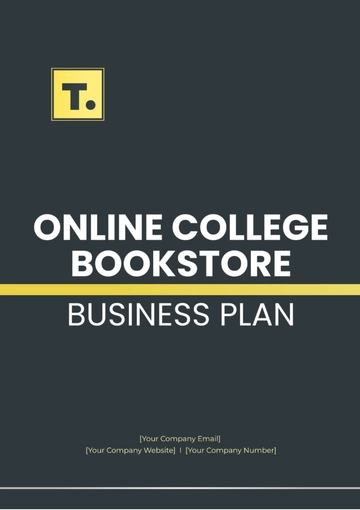Education Services Business Plan Layout
1. Executive Summary
Company Name: [Your company name]
Mission Statement: A brief statement outlining your company's goals, values, and the service you provide.
Business Overview: A brief description of your education services, such as tutoring, test prep, online courses, or school consulting.
Market Opportunity: An explanation of the target market, including the need for your services and growth potential.
Business Objectives: Short-term and long-term goals for the company (e.g., reaching a specific revenue target, expanding to new regions, etc.).
2. Company Description
Industry Overview: Description of the education services industry, trends, and challenges.
Business Structure: Whether you are a sole proprietorship, partnership, LLC, or corporation.
Location: Where your business will operate (physical location or online).
Legal Structure: How your business is organized legally.
Vision Statement: A broad, long-term goal for the company.
3. Services Offered
Primary Services: Detail the main educational services you provide (e.g., tutoring, consulting, curriculum design, test preparation, educational technology, etc.).
Service Breakdown: Provide specifics on each service, including:
Description
Target Audience
Delivery Method (online, in-person, hybrid, etc.)
Pricing Model (per session, subscription, packages, etc.)
Competitive Advantages: What sets your services apart from competitors?
4. Market Research
Target Market: Define who your ideal customers are (e.g., high school students, adults looking for career development, corporate clients, etc.).
Market Size & Growth Potential: Use data to estimate the size of the market and its growth rate.
Market Trends: Identify trends in education services (online learning, hybrid models, STEM education, etc.).
Competitive Analysis: Who are your main competitors? What are their strengths and weaknesses? How do you plan to differentiate your business from them?
Customer Personas: Profiles of your ideal customers, detailing their demographics, needs, and pain points.
5. Marketing & Sales Strategy
Branding & Positioning: How will you position your business in the market? What brand image do you want to portray?
Marketing Channels: Which marketing methods will you use (social media, content marketing, search engine optimization, partnerships, paid ads)?
Sales Strategy: How will you sell your services? Will you focus on inbound sales, direct outreach, partnerships with schools, etc.?
Customer Retention: What strategies will you use to keep clients and encourage repeat business (e.g., loyalty programs, feedback loops, referrals)?
Pricing Strategy: Outline how you plan to price your services, and why your pricing model is competitive.
6. Operational Plan
Location & Facilities: If you have a physical office or learning center, describe the location and layout.
Technology: Outline any software, learning management systems (LMS), or tools you will use to deliver services.
Staffing Requirements: Include key roles such as teachers, tutors, administrative staff, customer service, and management.
Suppliers & Partners: Identify any external suppliers or partners you will work with (textbook suppliers, tech partners, etc.).
Customer Support: How will you handle client inquiries, feedback, or concerns?
7. Management & Organization
Team Structure: Organizational chart showing key team members and their roles.
Key Personnel: Include brief biographies of the leadership team, highlighting relevant experience and expertise.
Hiring Plan: Any plans for hiring more staff soon.
8. Financial Plan
Revenue Model: Explain how you plan to generate revenue (e.g., per-session fees, subscription models, or product sales).
Start-up Costs: Outline the capital required to get the business off the ground (e.g., technology, marketing, facility costs).
Profit & Loss Forecast: Projected revenue, expenses, and profit for the next 1–3 years.
Cash Flow Statement: Forecast of monthly cash inflows and outflows.
Break-even Analysis: The point at which your business will become profitable.
Funding Requirements: If you need funding, specify how much and how it will be used.
9. Risk Analysis
Market Risks: What are the potential market-related risks (e.g., changing demand, new competitors)?
Operational Risks: Any risks related to delivering your services (e.g., staffing challenges, technology failures)?
Financial Risks: Risks associated with cash flow, funding, and financial sustainability.
10. Appendices
Additional Supporting Information: Include any relevant charts, graphs, licenses, certifications, contracts, or agreements that can back up your business plan.
Resumes: Provide detailed resumes of the management team.
Legal Documents: Include any necessary legal paperwork for your business.
Business Plan Templates @ Template.net

